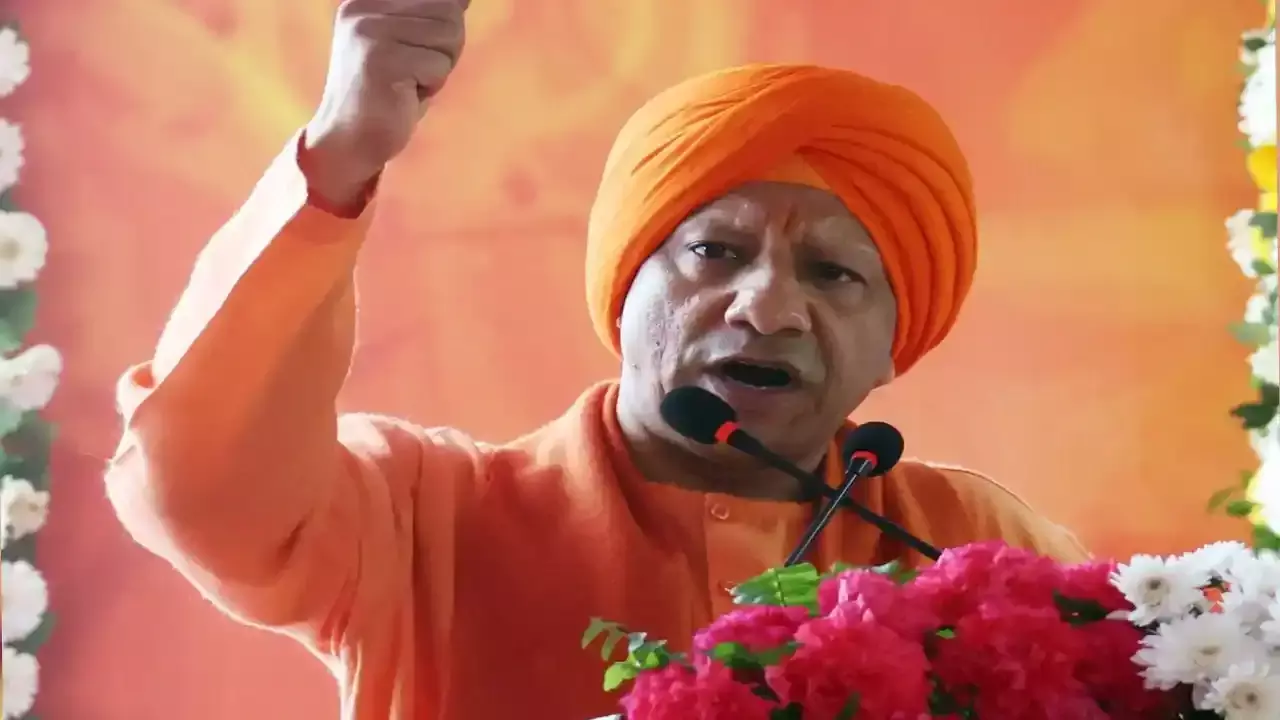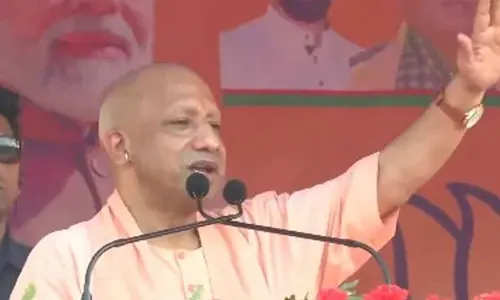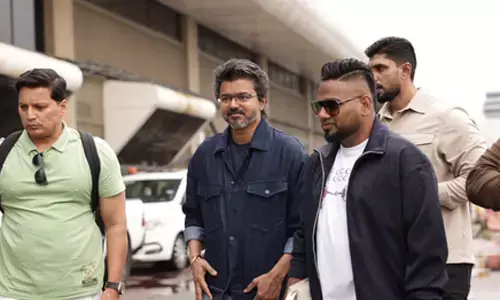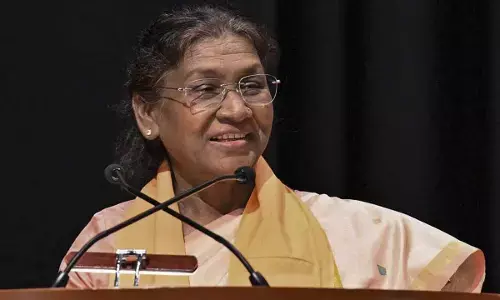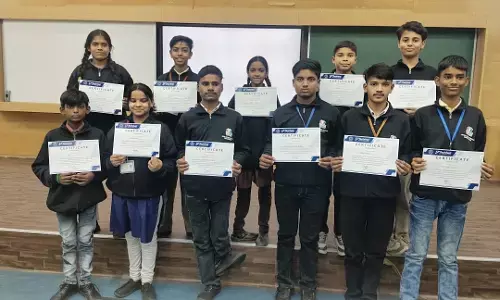About letting things go and not being in control
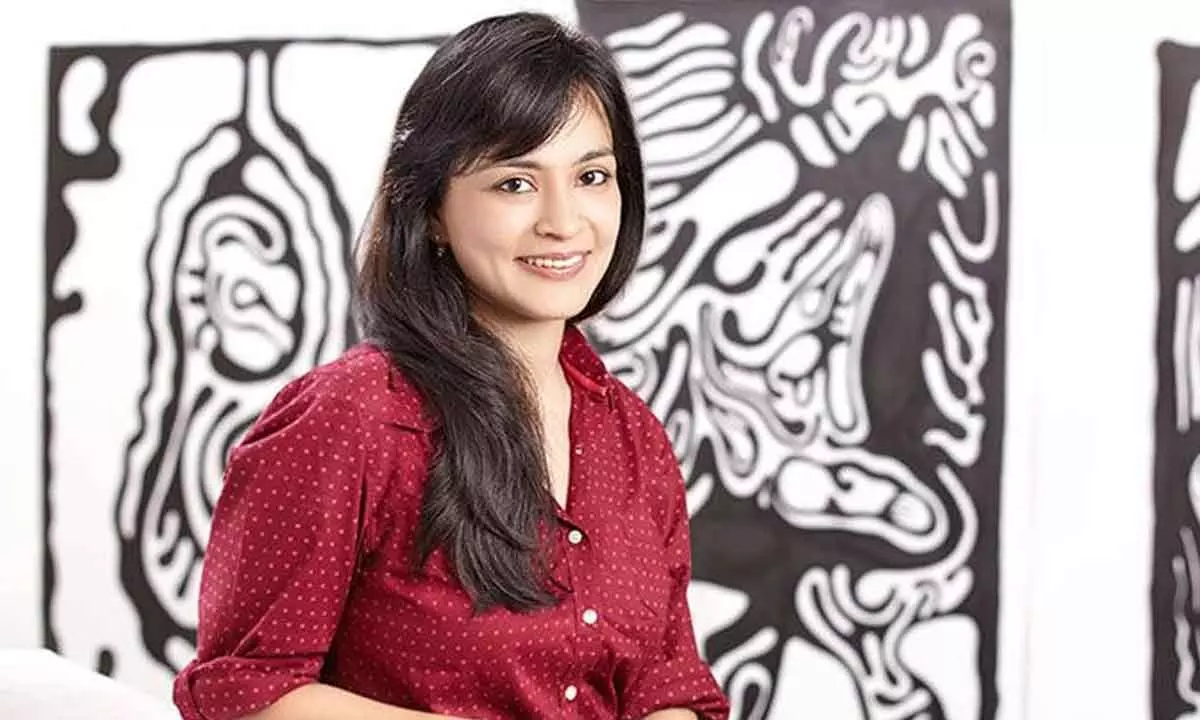
Veerangana Kumari Solanki recalls conceptualizing ‘Future Landings’, a visual arts project that premiered at Serendipity Arts Virtual 2020, as something that was conceived in a way that it would only be virtual, and could not transition into physical, or something that will have no residue of being a physical transition
The concluding lines in her note read: Over here, the future always and never arrives...
Veerangana Solanki recalls conceptualizing 'Future Landings', a visual arts project that premiered at Serendipity Arts Virtual 2020, as something that was conceived in a way that it would only be virtual, and could not transition into physical, or something that will have no residue of being a physical transition. However, it has now metamorphosed into the physical world and is currently being shown at the ongoing Serendipity Arts Festival (SAF) in Goa.
"During its conception stage, we were living in a frame (the Pandemic) where 'forward' was dark and everything was much out of control. Only unpredictability ruled," Veerangana Kumari Solanki, one of the Visual Arts section of the festival tells.
Subconsciously, that has seeped into the physical avatar of 'Future Landing' as well. She says curators control things and keep minute details in mind, but with this project, it was all about letting go, and things not being in control.
"And also allowing someone else to have control over a space which first gets attributed to you as a curator. The five artists had access to the back end, and I did not. The concept of change was omnipresent and it was only activated by audience experience. It was about constantly adapting, about the loss of control, something that connects you to the world," says this independent curator, writer, and researcher based in Mumbai.
Recipient of the first IllySustainArt Curator's prize (2011) and the 1st Annual ALICE (Artistic Landmark in Contemporary Experience) Public's Voice Award 2012 for best Emerging Curator, Solanki does not really feel that the much talked about 'intermingling of disciplines' and 'silos being destroyed' is anything new. "Well, Michelangelo studied science. Different forms have always fed into each other. In the case of a plant, the environment will affect how it grows, right? But if I only study the plant, then I'm not giving anything else the credit. We often isolate disciplines. When we see mediums collapsing, I think it's trans-disciplinary. We see it happening all the time. Of course, in an art space, one medium tends to overpower. It has always been happening. Artists have overlapped as well."
While in the past decade, the 'role' of curators has been better understood and amplified in the country, Solanki, who started curation in 2008-2009 remembers people would ask what she really does ("well, some still do"). Rejected by a curating school for being too young, she was a participant in the first Gwangju Biennale Curators' course (2009) -- jumping straight into the deep sea with major curators and historians.
"I am so glad about that rejection. Now when I talk to students, there is so much theory... and much less practical knowledge. Of course, the former is important, but you need a hands-on approach -- visiting exhibitions, taking pictures, and teaching yourself things by observing and participating."
Stressing that the country needs more multi-arts festivals like SAF, she adds, "It would be wonderful to have more platforms that feed into the culture," says Solanki who is also working on the museum in Kathmandu to make the archives there more accessible to people.








